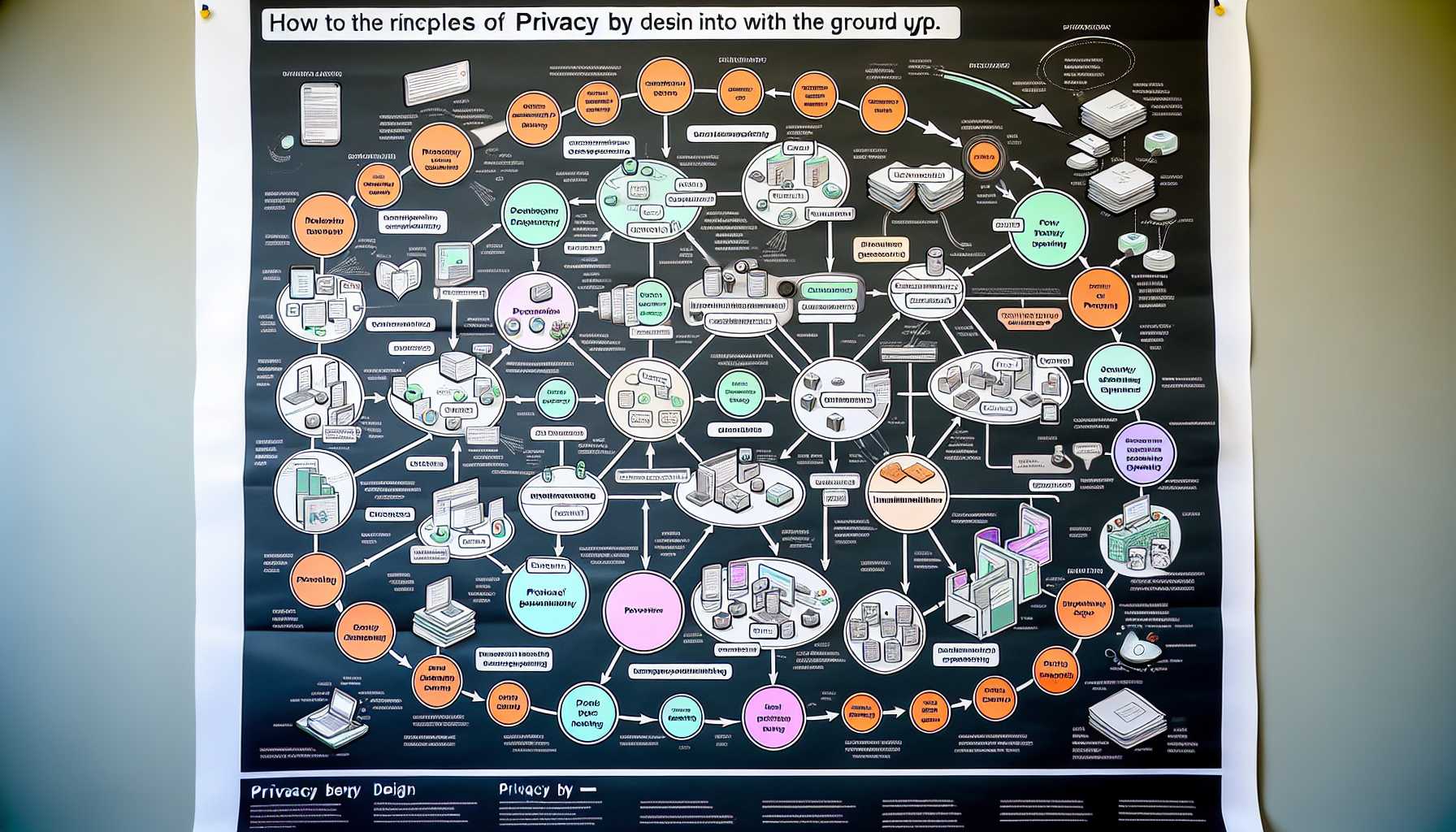Welcome back to our product management explorations. Today, I’ll delve into the intricate dance of incorporating security and privacy into the software development lifecycle. With countless headlines spotlighting data breaches, protecting user data has never been more crucial. I’ll share from firsthand experiences on how to weave the principles of security and privacy into the fabric of your product.

Understanding Security and Privacy as a Competitive Advantage
Early in my career, security was often an afterthought, handled by a separate team and bolted on late in the development process. However, in one of my pivotal projects leading a fintech platform, I realized that approaching security as an integral part of the product experience was a game-changer, elevating the user trust and thereby the product’s competitive edge.
The Privacy by Design Framework
The first step in our approach was adopting the ‘Privacy by Design’ framework, which meant that privacy measures were embedded within the design and architecture of IT systems and business practices. I spearheaded a culture shift where developers, designers, and product managers collaborated on privacy-centric design from the project’s genesis.
1. Proactive not Reactive; Preventative not Remedial
Moving from a reactive to a proactive stance was an uphill battle. We employed threat modeling sessions, injecting ‘what if’ scenarios into our planning stages. The goal? To identify potential vulnerabilities before they could be exploited.
2. Privacy as the Default Setting
I advised our teams to make user privacy the default setting in our product. This meant configuring user settings to the most private by default. While this seemed counterintuitive to some, aiming for user delight through privacy assurance was a winning strategy.
3. Privacy Embedded into Design
Privacy wasn’t a layer to add, but a component to build in. For instance, during the development of a new messaging feature, we chose end-to-end encryption as a core capability, not an optional extra.
4. Full Functionality – Positive-Sum, not Zero-Sum
It’s often assumed that you have to sacrifice functionality for privacy, but we aimed for a positive-sum game. For example, we implemented secure-data analytics, which allowed insights without compromising individual privacy.
5. End-to-End Security – Full Lifecycle Protection
Prioritizing data protection throughout its lifecycle was paramount. This approach meant encrypting data not only in transit but at rest and during processing.
6. Visibility and Transparency
Transparency about how data is collected, used, and shared built trust with our users. We maintained an open dialogue with our users, holding Q&A sessions to address concerns and explain our privacy policies in clear language.
7. Respect for User Privacy
Lastly, we respected user privacy by ensuring that they had control over their data. Our products enabled users to access, edit, and delete their personal information easily.
Incorporating Security in Agile Development
Including security in an agile environment posed its challenges due to the fast-paced nature of iterations. We resolved this by incorporating security stories in our backlogs, and I encouraged the teams to treat these with the same priority as feature stories.
Integrating automated security testing tools into our CI/CD pipeline ensured that vulnerabilities were caught and addressed quickly, something I learned was vital when a major bug was identified and remedied before it became a security incident.
Incident Response Readiness
No matter how fortified your defenses are, breaches can occur. Therefore, setting up an Incident Response Plan (IRP) is crucial. I led the development of such a plan, which detailed response strategies for various types of security incidents, ensuring a quick and organized response to potential threats.
Balancing Act: Security, Usability, and Business Goals
The balance between security, usability, and meeting business goals is delicate. I encountered resistance when security measures complicated the user experience or delayed launch dates. However, I found that user education helped mitigate usability concerns, and transparent communication with stakeholders helped align security initiatives with business objectives.
Continuous Education and Culture of Security
Last but not least, fostering a culture of security awareness is imperative. Regular training sessions, newsletters, and workshops kept the topic fresh in everyone’s mind. I saw a marked reduction in security faux-pas and an increase in team members proactively addressing potential issues.
Investing in product security and privacy from the conceptual stage isn’t easy, but it’s the only way forward in today’s digital landscape. If you can prove to customers that you respect and protect their data, you earn more than their business – you gain their trust.
